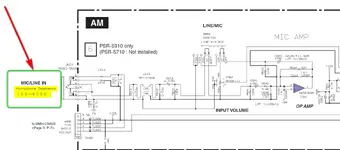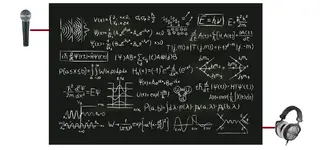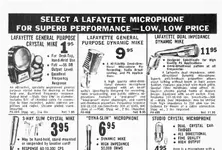E
ecc83
Well-known member
Thank you Mark for some actual facts! I feel somewhat vindicated about my reservations.
Jacob. did not know you could still return the mic! (ain't it a B*****! How info dribbles out of forums?) Whole new slant on things.SO yes, chop the Nt1a in for a dynamic (shame but hey ho) and get a dynamic. Also get one of these Microphone Matching Transformer: Amazon.co.uk: Musical Instruments
That will sort out the balance problem and give a few dB lift into the kbd pre amp. My son uses one very successfully to get an SM57 into a looper. Now, all the mics , mentioned are fairly expensive so you could try a Behringer XM 8500. They are a bit more sensitive than the 57/58s and sound far better than they should for $20 and if it doesn't suit you are only out 20 bucks and you have a spare mic..OR lob it on the Bay, bet you would get 2/3ds of your money back.
The transformer will be useful for any dynamic mic you get.
Dave.
Jacob. did not know you could still return the mic! (ain't it a B*****! How info dribbles out of forums?) Whole new slant on things.SO yes, chop the Nt1a in for a dynamic (shame but hey ho) and get a dynamic. Also get one of these Microphone Matching Transformer: Amazon.co.uk: Musical Instruments
That will sort out the balance problem and give a few dB lift into the kbd pre amp. My son uses one very successfully to get an SM57 into a looper. Now, all the mics , mentioned are fairly expensive so you could try a Behringer XM 8500. They are a bit more sensitive than the 57/58s and sound far better than they should for $20 and if it doesn't suit you are only out 20 bucks and you have a spare mic..OR lob it on the Bay, bet you would get 2/3ds of your money back.
The transformer will be useful for any dynamic mic you get.
Dave.








